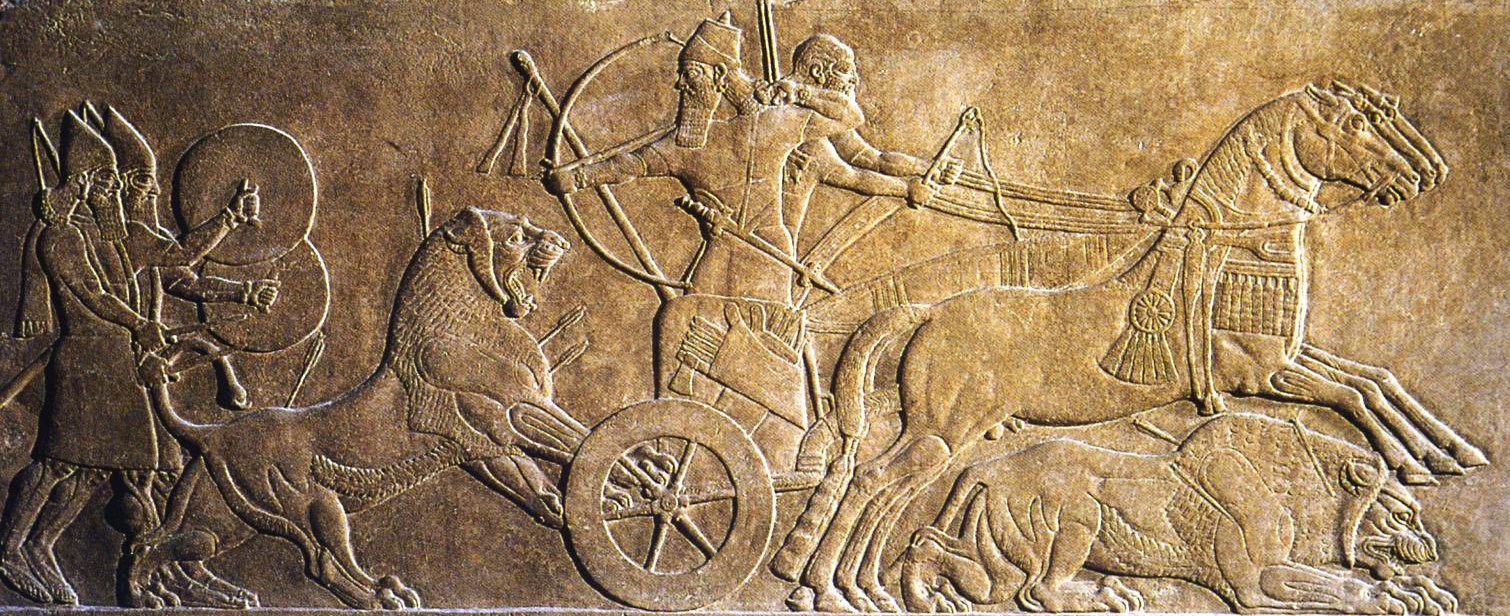
Sculpture is fascinating because through various techniques it allows the creation of extraordinary works such as Bernini’s Apollo and Daphne or Canova’s seductive Paolina Borghese. However, there is one technique that has fascinated all ages and never ceases to seduce artists and visitors even today. I refer to bas-relief, an artistic technique that has evolved over the centuries, transforming static observation into an immersive, three-dimensional experience.
Through the exploration of five masterpieces, we will discover how bas-relief has left an indelible mark on the history of art.
The evolution of bas-relief through 5 masterpieces
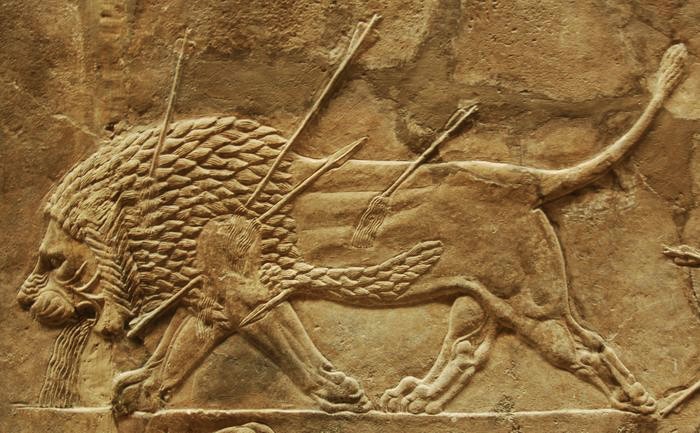
La Caccia al leone di Assurbanipal
THE POWER OF THE PAST: THE LION HUNT OF ASSURBANIPAL
Among the earliest examples of bas-relief, the masterful Lion Hunt of Ashurbanipal, an ancient Assyrian work that decorated the North Palace of Nineveh, stands out.
This fascinating artefact, dating back to the 7th century B.C., narrates a hunting scene in an arena, involving the spectator in the fight between the ruler and ferocious lions.
Thanks to excavations in the 19th century, the masterpiece was rediscovered and is now on display at the British Museum in London.
THE INNOVATION OF THE IONIC FRIEZE: THE PARTHENON
In the panorama of bas-relief, the Ionic frieze of the Parthenon plays a fundamentally important role. This work, designed by Phidias, originally adorned the outer walls of the cell of the famous temple. Through an innovative stylistic detail, the Ionic frieze balanced the Parthenon’s Doric austerity with a lighter decoration.
This extraordinary representation of the Panathenaean procession can be admired today at the Acropolis Museum in Athens.
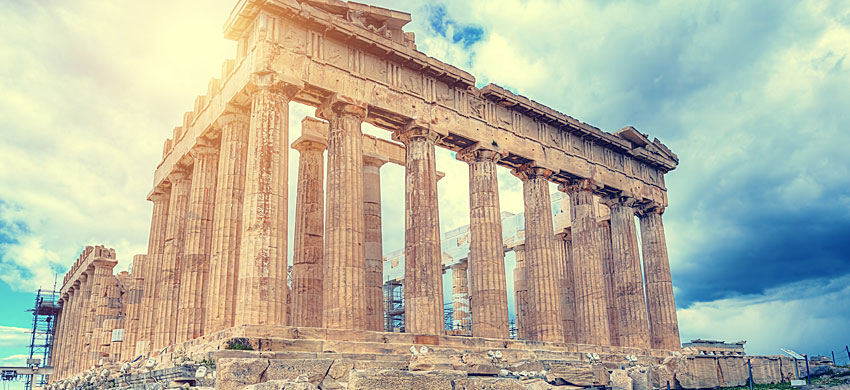
Il Partenone
THE EPOS OF CONQUEST: TRAJAN’S COLUMN
One of the most impressive monuments in the art of bas-relief is the Trajan Column, which narrates the salient events of Emperor Trajan’s conquest of Dacia.
With its two hundred metres of spiralling narrative, this monument celebrates the greatness of the Roman Empire. Through scenes of military marches, battles and moments of daily life, the bas-relief frieze of Trajan’s Column offers a valuable chronicle of his time and one of the must-see masterpieces in Rome.
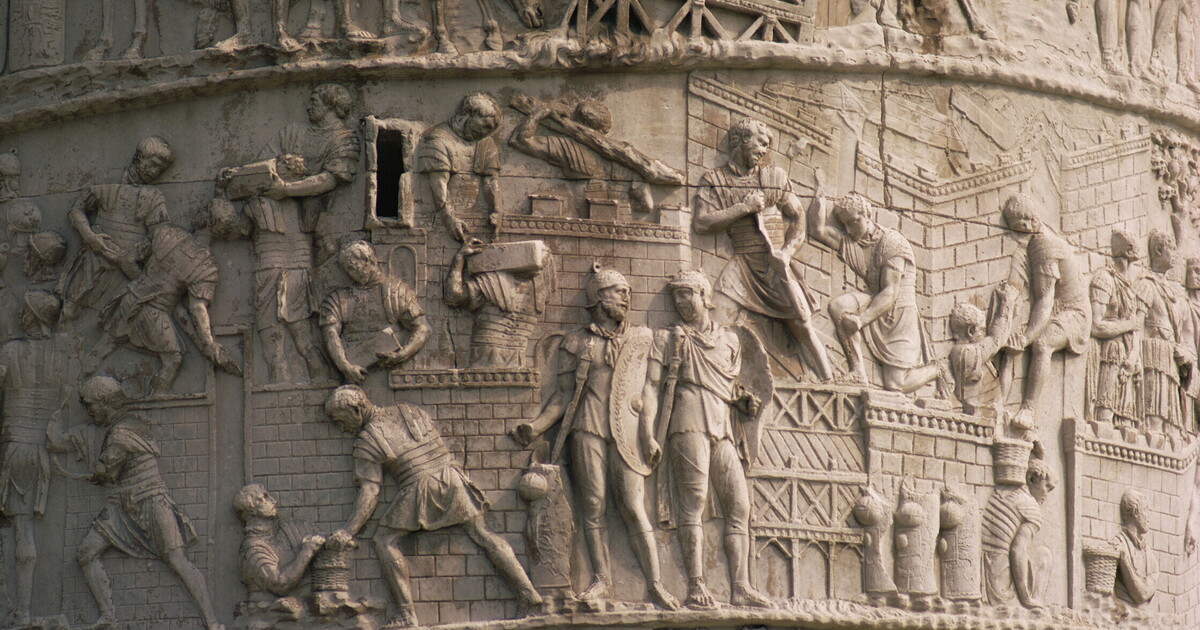
Colonna Traiana
THE HARMONY OF THE ALTAR: THE ARA PACIS AUGUSTAE
Another important example of bas-relief is found in the Ara Pacis Augustae, an imposing altar dedicated to the Emperor Augustus. This monument, which combines plant elements and figurative representations, depicts both mythological episodes and key figures of the time, including Augustus himself.
The inspiration of the Parthenon’s Ionic frieze is reflected in the work. Today, the Ara Pacis Augustae is housed in a modern building on the banks of the Tiber in Rome.
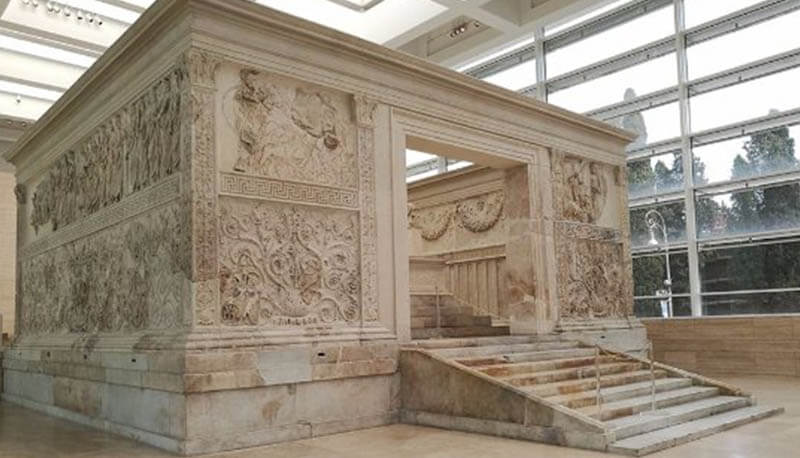
Ara Pacis
THE LIUTPRANDEAN RENAISSANCE: THE ALTAR OF DUKE RATCHIS
I conclude this journey through time and the discovery of bas-relief with a work from the Lombard period, the Altar of Duke Ratchis. This fascinating artefact represents one of the treasures of the Liutprandean Renaissance and shows sacred theme subjects such as the Visitation of Mary to Elizabeth, a Christ in Majesty and the Adoration of the Magi.
Despite its two-dimensionality and stylistic distortions, this work offers an immediate and engaging vision for the faithful.
Today, the Altar of Duke Ratchis is kept in the Christian Museum and Treasure of the Cathedral of Cividale del Friuli.
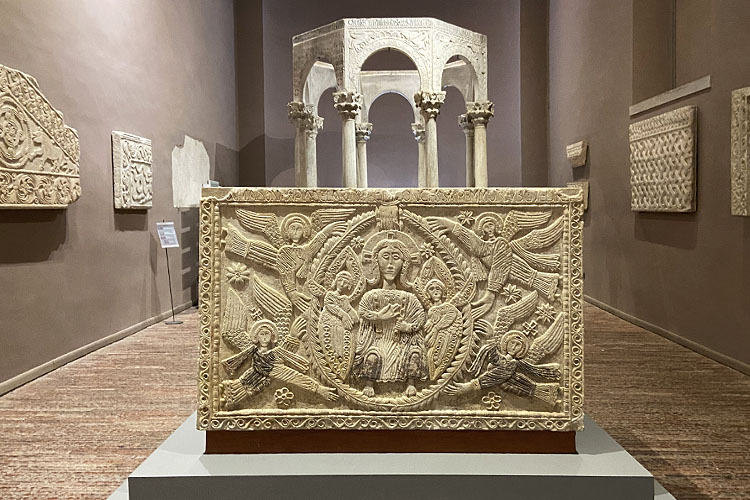
L’Altare del Duca Ratchis
Bas-relief has demonstrated a timeless ability to engage viewers through sculptural art. From antiquity to the present day, these works of art have left an indelible mark on cultural history. Through the virtuosity of the ancient masters and continuous stylistic evolution, bas-relief has been transformed into an engaging, three-dimensional medium. Exploring these masterpieces allows us to appreciate the beauty and power of this art form that continues to fascinate and excite the public to this day.

